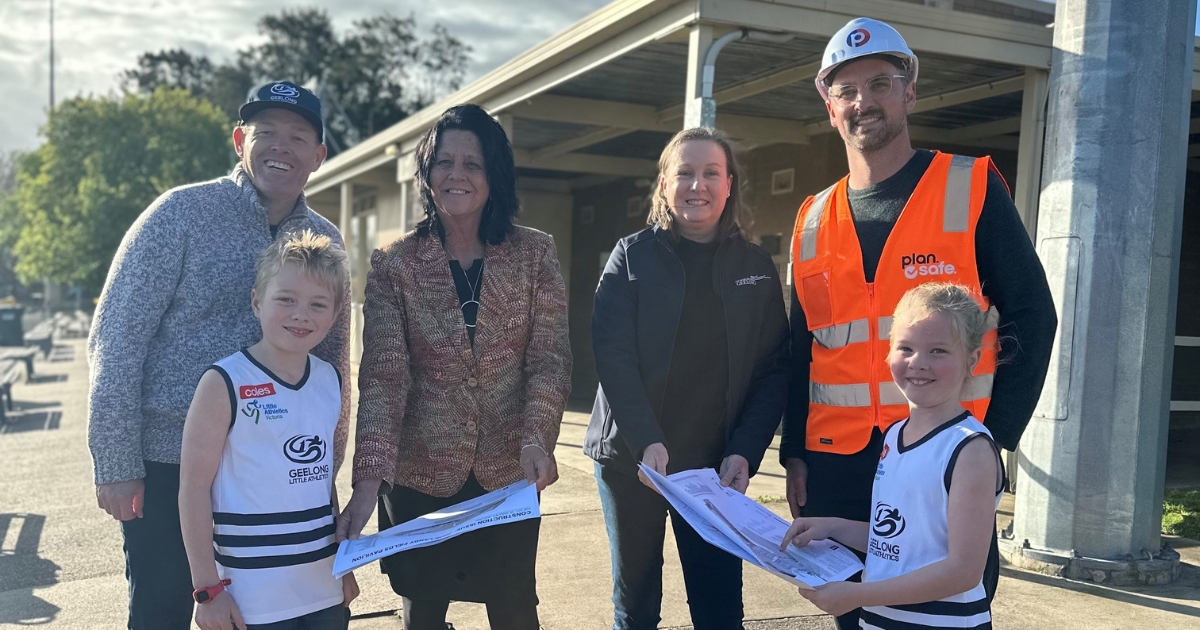Artificial reef sculptures to restore marine life
AN ARTIFICIAL reef coming to Clifton Springs will benefit the environment while providing an interactive educational experience for locals and visitors to the region.
The futuristic “Sculptural Wave Attenuator” will be situated at The Dell costal reserve and be made up of six partially submerged reef modules, which are created using traditional and digital production techniques.
The project is an initiative of the City of Greater Geelong, which has partnered with Melbourne-based industrial designer Alex Goad’s Reef Design Lab.
“This project highlights how we can protect our coastlines in a low impact and ecological sound way,” Mr Goad said.
He said his methodology was all about big results and minimal impact.
“By using highly complex geometry we can maintain structural integrity while minimising the materials, such as concrete, used.”

City of Greater Geelong mayor Stephanie Asher said the council was excited to be working with a designer of such international acclaim and that the environmental and artistic outcomes will be significant.
“The Sculptural Wave Attenuator will enhance the area’s sensitive environment and provide an educational and eco-tourism drawcard that will appeal to a wide range of visitors.”
The reef is designed to decrease the energy of waves and combat erosion while providing new habitat opportunities for marine life in Port Phillip Bay.
The Dell foreshore is particularly susceptible to erosion and requires ongoing management.
Rock groynes have already been built along the coast to trap sand and restore the beach over time. Exposed slopes have been re-vegetated with indigenous grasses, shrubs and trees and erosion matting is used in some areas.
The neighbouring 130-metre-long Ramblers Reef Foreshore project at Portarlington won the Victorian Marine and Coastal Awards for Leadership in Climate Adaptation and Resilience in
December 2020.
The Clifton Springs project will also offer educational interactive swimming and wading opportunities for visitors of all ages.
As the reef is colonised and inhabited by marine life such as seaweed, mussels and invertebrates, the sculptures will start to blend in with the area’s existing natural landscape.
“This state-of-the-art project further enhances the City’s reef restoration efforts, following the historical loss of a large amount of shellfish reefs from Port Phillip Bay,” Cr Asher said.
“It will highlight how artistic sculpture and technology can combine with ecology to improve biodiversity and protect our coastlines and marine communities.”
The first six units will be installed in Autumn at a cost of $30,000. Eventually 24 wave attenuator modules are planned for the area at a total cost of $200,000. The project replaces the previous “sunken gallery” proposal.


















